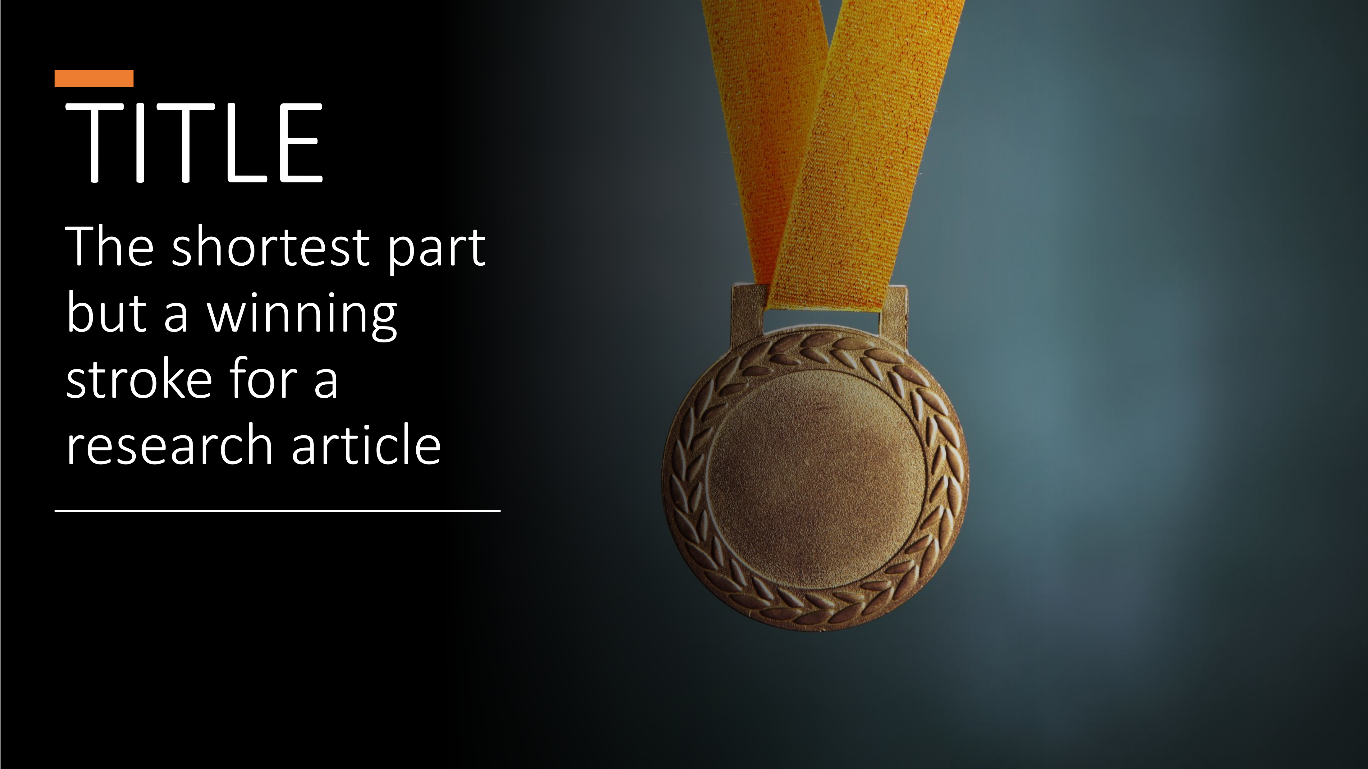Review articles and tips on writing
Category:
For authors
Date of publications:
21.11.2024
Views:
120

Review articles are usually classified into three types: Literature review, Systematic review, and Meta-analysis ('Data analysis').
1. Literature review is a general treatment of a research topic and aims to provide a reliable and unbiased report of the current understanding of the topic.
2. Systematic Review is more specific and aims to address a highly specialised research question. It is more detailed and provides information about the search strategy used, the criteria for inclusion of studies, and the methods of analysis.
3. Meta-analysis is similar to a Systematic Reviews as they both are conducted in a systematic manner with a clearly defined research question. However, unlike the last one, a meta-analysis compares and evaluates a certain number of similar studies. It is quantitative in nature and can help to evaluate the results of opposing studies.
How to write a quality Review article.
All Review articles, in addition to the title and abstract, include keywords, an introduction, a main section that elaborates on the main topic, with subheadings to distinguish sub-topics, and a conclusion that summarises the conclusions of the article and the main perspectives for the future. There should also be demonstrative elements (figures, tables and inserts) and a reference list with citations to sources . Authors' contributions, funding and any conflicts of interest should be labelled in specific sections of the review.
Always refer to the journal's guidelines for word, page, and reference limits. Most Review Articles are usually between 4000 and 6000 words in length.
1. Literature review is a general treatment of a research topic and aims to provide a reliable and unbiased report of the current understanding of the topic.
2. Systematic Review is more specific and aims to address a highly specialised research question. It is more detailed and provides information about the search strategy used, the criteria for inclusion of studies, and the methods of analysis.
3. Meta-analysis is similar to a Systematic Reviews as they both are conducted in a systematic manner with a clearly defined research question. However, unlike the last one, a meta-analysis compares and evaluates a certain number of similar studies. It is quantitative in nature and can help to evaluate the results of opposing studies.
How to write a quality Review article.
- Define your research question and carefully formulate the topic of your Review article. A good review should also bring something new to the field in the form of a hypothesis, inference, or conclusion. A carefully formulated research question will provide more clarity in determining the novelty of the paper.
- Select credible sources. Using trusted databases or search engines, find relevant and credible studies on which you can base your review. It is also recommended to look at the latest research again after the paper is finished so that you don't miss out on material published while you were writing it.
- Take notes. Literature searches involve extensive reading, which can make it difficult to remember relevant information. Taking notes during the literature search and referencing sources will provide you with information to get you started.
- Describe the title, abstract, and introduction. To structure your review, it is best to start by drafting a title, abstract, and introduction. Clearly stating what the review is aimed at will help shape the rest of the paper.
- Unbiased evaluation. Evaluate each piece of evidence critically and with an open mind.
- Summarise the results. End with conclusions and point out limitations of existing research that need to be addressed in the future.
- Ask for comments. Invite, for example, a colleague to give their opinion on both the content, language or tone of the paper before you submit it.
- Check the rules of chosen journal. Some journals publish only reviews, while others publish only research papers. In addition, all journals clearly state the purpose and scope. Therefore, before submitting your manuscript, be sure to check whether the journal is suitable for publishing your manuscript.
All Review articles, in addition to the title and abstract, include keywords, an introduction, a main section that elaborates on the main topic, with subheadings to distinguish sub-topics, and a conclusion that summarises the conclusions of the article and the main perspectives for the future. There should also be demonstrative elements (figures, tables and inserts) and a reference list with citations to sources . Authors' contributions, funding and any conflicts of interest should be labelled in specific sections of the review.
- Title (7-12 words). A brief description of the review in a clear, accessible manner that will interest the reader. The headline should be one self-contained sentence, may be divided into two parts by a colon or hyphen. Abbreviations should be avoided unless they are very common and need to be deciphered, e.g. DNA.
- Abstract (150-200 words). Outlines the background of the issue and emphasises what makes it relevant and worthy of consideration, and briefly describes the aims or key ideas. The abstract of a Review article is usually one paragraph long and does not involve references. Abbreviations and jargon expressions should be excluded.
- Keywords (5-10 words). To understand what the keywords for your paper might be, imagine what search queries your paper should be found for, list the main terms used in the paper.
- Introduction (300-500 words). Provides more detailed information to introduce the topic, including a basic description of terms and processes that will help you understand the rest of the paper. The introduction should also define the aims and scope of the paper, and briefly describe what subtopics will be discussed.
- Main text (3500-5000 words). The central part of the review, which is usually divided into several subsections with appropriate topic headings. Contains a detailed discussion of the research findings, describing the methodologies, results and conclusions of the individual research papers. Throughout the paper, the significance of the research findings in the broader context of the topic at hand should be emphasised, and the author should endeavour to critically evaluate the strengths and weaknesses of individual papers rather than simply presenting the facts. All subsections should have a self-contained introduction and conclusion, and the text should be referenced. Figures, tables and other visual elements are used to make long sections of text easier to understand and to break up long sections of text.
- Conclusion (350-500 words). Summarise the main themes and conclusions. It also presents the author's perspectives on future research in the field, problems and unresolved issues.
- References/Bibliography (there is no length limit, but a typical Review article usually contains 100-150 references). This section lists all references cited in the text of the Review Article or in its figures and tables. References should be arranged according to the rules of the particular journal.
Always refer to the journal's guidelines for word, page, and reference limits. Most Review Articles are usually between 4000 and 6000 words in length.
Share post
Related publications

Structure of a research paper: Title and Authors
The title is the first thing readers look at. When searching for the right article, readers look in the following order: "Title" - "Abstract" - "Resul...

Structure of a scientific paper: basic rules and t...
Most international journals recommend using the IMRAD format for scientific papers. This term consists of the first letters of the English words: Intr...

Tips for writing a quality research paper
Today, more than 50,000 of the most important peer-reviewed journals publish a new scientific paper every few seconds; hundreds of thousands of papers...

